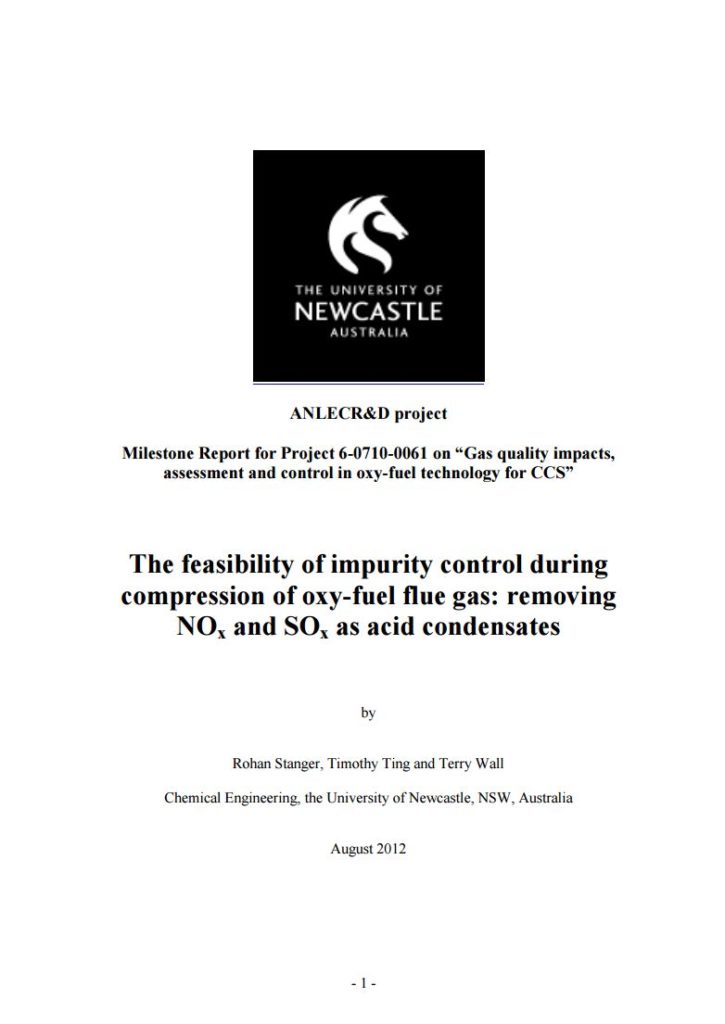Project Summary
The cost of gas cleaning is likely to be more significant for oxyfuel than for other Carbon Capture technologies. This project will identify the impact of gas quality on the capital and operating costs of power plant CO2 compression, on transport systems, and on gas quality regulations for storage.




